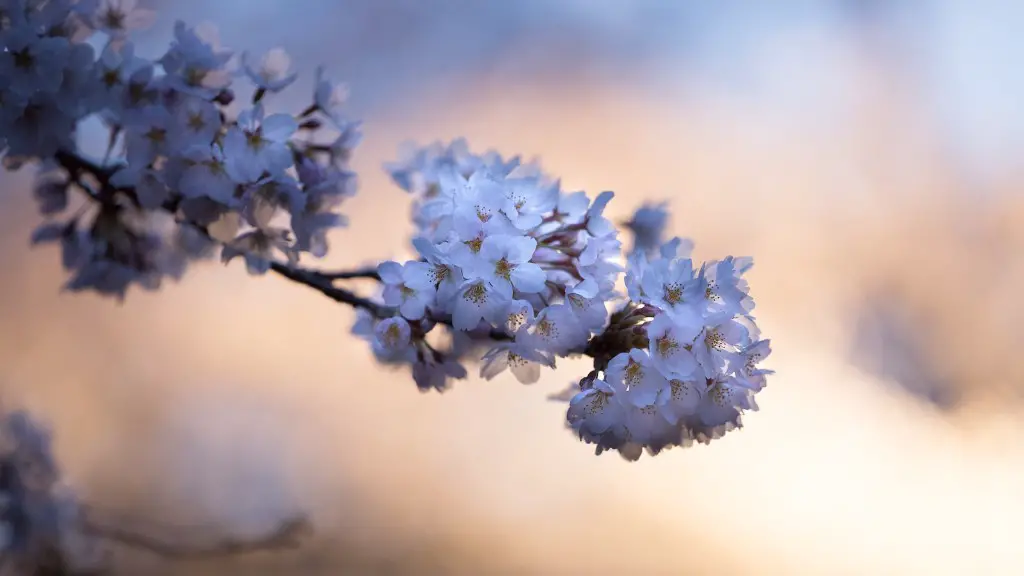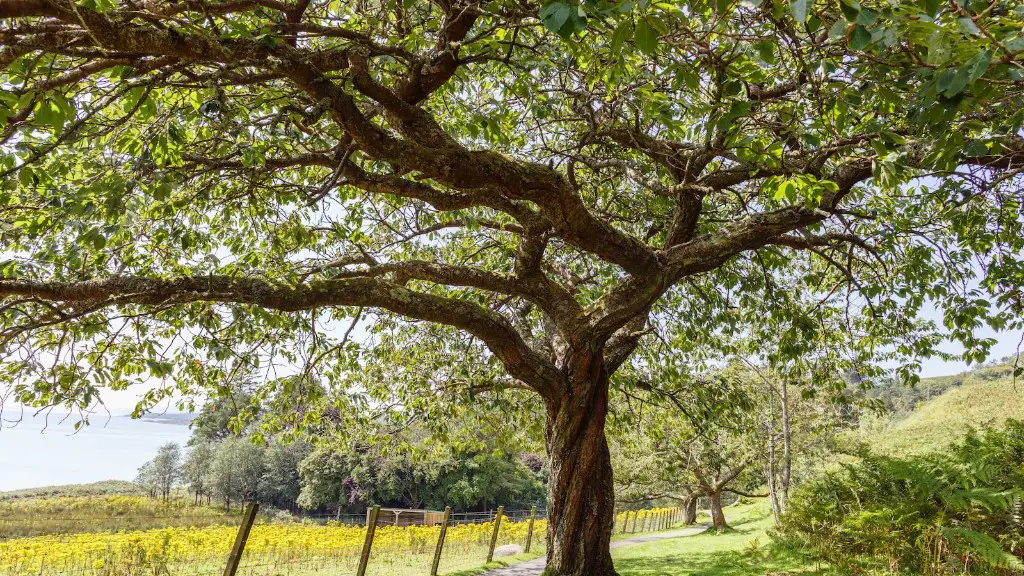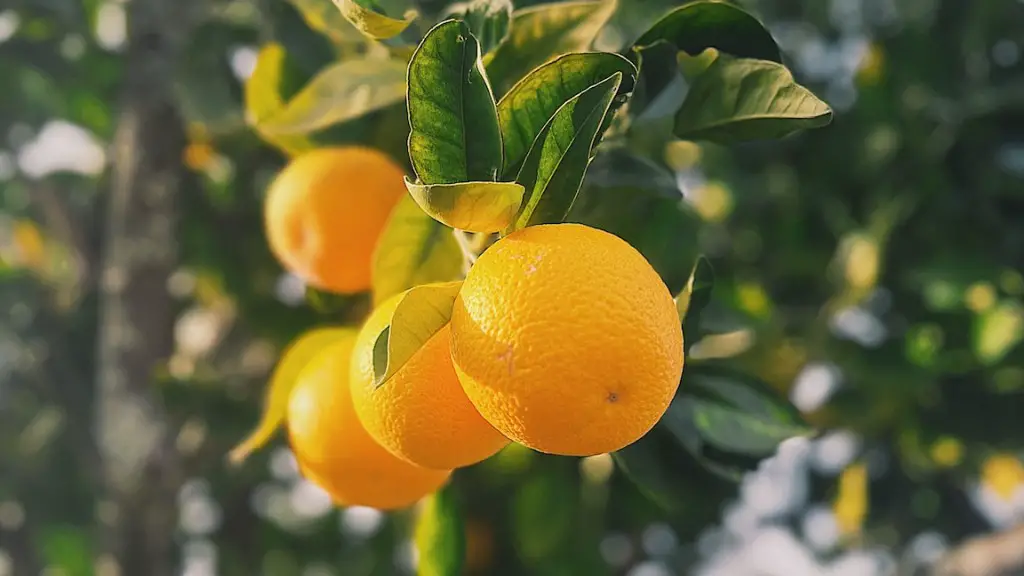How Long Do Cherry Trees Produce Fruit
Cherries are a flavorful, nutrient-dense fruit enjoyed by millions around the world. Some of the most popular varieties include Balaton, Tartarian, Bing, and Lambert. They are used to make jam, ice cream, and pies. They are also used to create refreshing drinks. One of the most enjoyable ways to obtain this delicious fruit is from a cherry tree in your own backyard, but how long do cherry trees produce fruit?
Cherry trees usually begin to flower when the winter chill begins to pass, usually when temperatures reach 61° Fahrenheit or higher. The production of cherries usually begins in late May or early June and will continue for about 2 months. The tree will produce a bountiful harvest of fruit until the end of July. The ripening process can take up to a few weeks depending on the variety.
Not all cherry trees follow the same production schedule. While the fruiting period may last just two months, the lifespan of a cherry tree can be several decades depending on their variety. The trees may bear fruit annually, assuming they receive the right climate and attention. Or they may yield fruit in sporadic cycles every other year. The climate and soil also affect the tree’s health, which in turn influences the quantity of fruit it produces.
In addition to weather and soil, size can play a role in how much your cherry trees will produce. Smaller trees generally cannot yield quite as much as larger trees due to their limited energy reserves and ability to spread their branches. Younger trees, or those that have been recently transplanted, will take longer to bear fruit due to the time it takes for their roots to become established and for the branches to mature.
For a bountiful, yearly harvest, trees must be regularly harvested, pruned and watered. Over harvesting or poor pruning can take a toll on the quality of your tree’s fruit production. Adequately watering your tree is also essential for healthy fruiting. Cherry trees, like other fruit trees, need about 1 inch of water once per week during the summer months.
The lifespan of a cherry tree depends on the variety, care and pruning techniques. Established cherry trees can give up to 20 years of steady fruiting, while neglected trees could struggle to survive more than a few years. With proper care and maintenance, it is possible to ensure an abundance of cherry production for many years to come.
Fertilizing Cherry Trees
Fertilizing your cherry trees is recommended to help promote new growth and improve the tree’s flower production. This will help ensure that your tree produces the most amount of fruit possible. You should fertilize your cherry tree twice a year with organic or inorganic fertilizer, once in the spring and then again in the fall. The type of fertilizer you use should be dependent on the soil and current the conditions of your cherry tree. Applying fertilizer to heavily will damage the tree, so it’s important to use the product as directed.
Cherry Tree Pests and Diseases
Although cherries trees are not prone to a lot of diseases, there are a few pests and diseases that can harm production. Birds and squirrels are a common problem for cherry tree owners, and although most fruit will be snatched away in the early stages of development, there are some methods to discourage animal predators. Netting, garden scarecrows and even sprinklers can be used to dissuade birds and other animals from stealing your fruit.
Cherry tree diseases include black knot and powdery mildew. Black knot is a fungal infection which, if left untreated, can cause serious damage to the tree by girdling the branches and preventing proper airflow in the canopy. The infection can be treated with fungicides and careful pruning, though in extreme cases the entire tree may need to be removed. Powdery mildew can be treated with fungicide, though it will not completely eliminate the rot and should be avoided with proper irrigation and thinning of the canopy.
When to Pick Cherries
When it comes time to harvest your cherries, you want to make sure they are ripe and ready. This can be difficult because cherries tend to ripen unevenly. A surefire way to know that your cherries are ripe is to taste one or two. You can also check the firmness and color of the fruit. Ripe cherries should have a glossy color, be slightly firm, and have a full flavor.
Storing Cherries
Once you’ve picked your cherries, you’ll want to make sure you store them in the right way. If you plan on eating the cherries within a few days, the best way to preserve them is to simply keep them in the fridge. If you want to store them for longer, you can freeze them by washing and freezing them on a cookie sheet. Once they’re frozen you can transfer them to an affordable plastic container.
Cherry Tree Care
Just like with any other fruit tree, cherry trees need plenty of care to thrive and yield an abundant harvest. Pruning is an essential part of cherry tree maintenance. Pruning helps reduce the spread of disease, and encourages the tree to focus its energy on fruit development. Additionally, watering your cherry trees deeply and regularly will help ensure a ample fruiting.
Other Considerations for Cherry Trees
When planting a cherry tree, it’s important to consider the variety you’re planting and the climate in which you’re planting it. Different varieties are better suited to different climates, and choosing the wrong variety can leave your tree vulnerable to environmental factors like extreme temperatures or excessive rainfall.
Cherry trees are also deciduous, which means they will drop their leaves in the autumn. This can be beneficial for gardeners looking for attractive options for seasonal decor, but it does create the challenge of dealing with leaf litter and, if not composted or mulched, can produce an excess of disease-carrying fungi.



